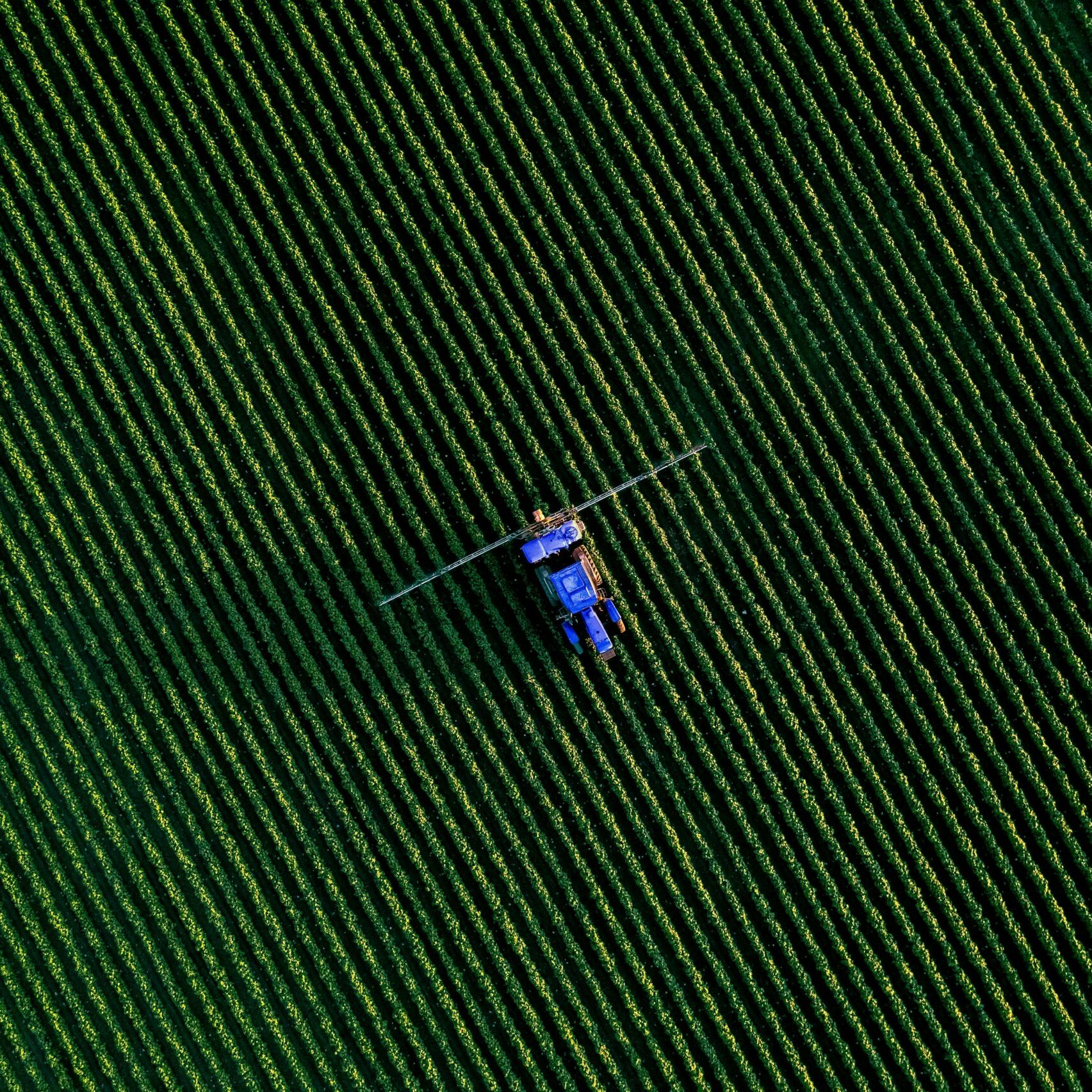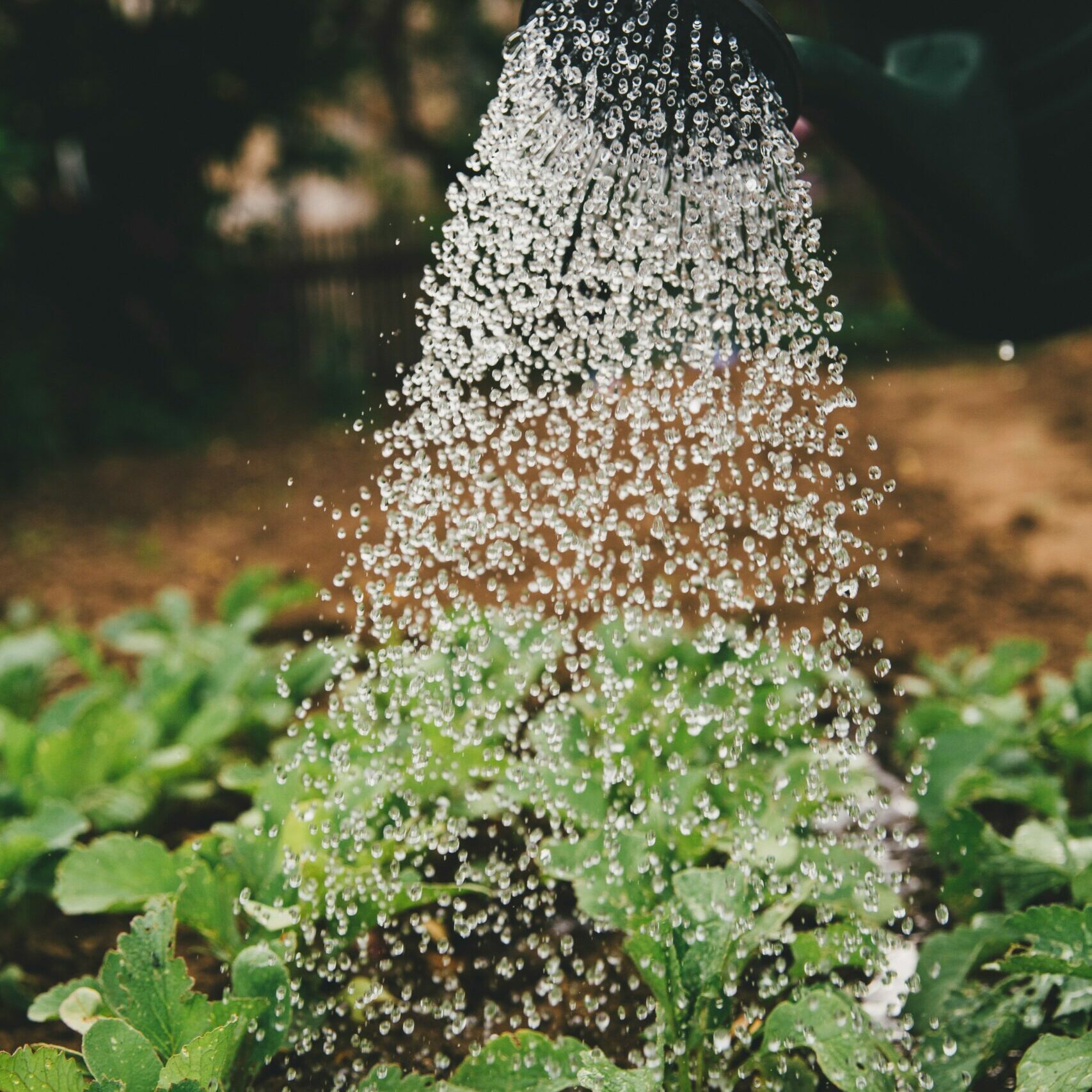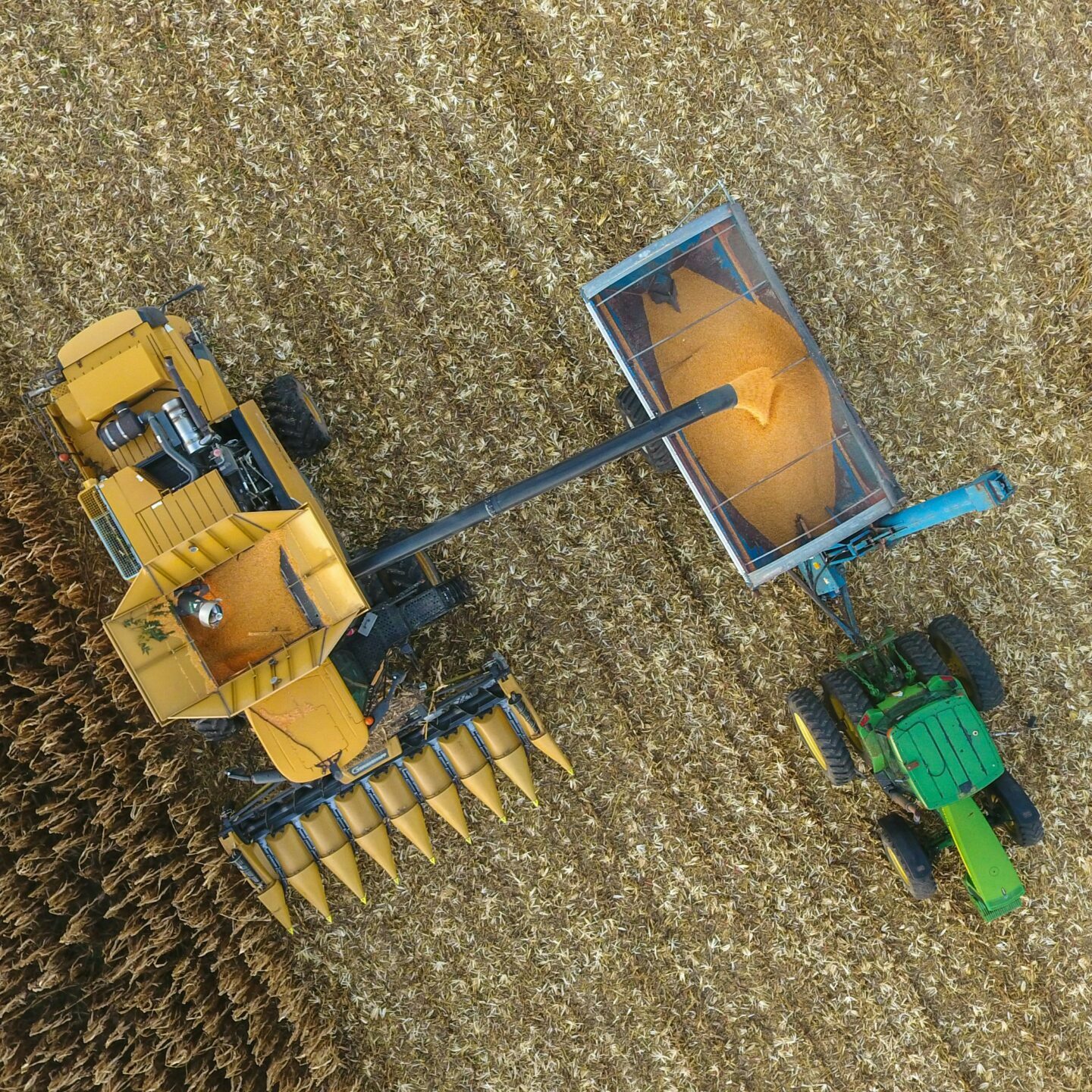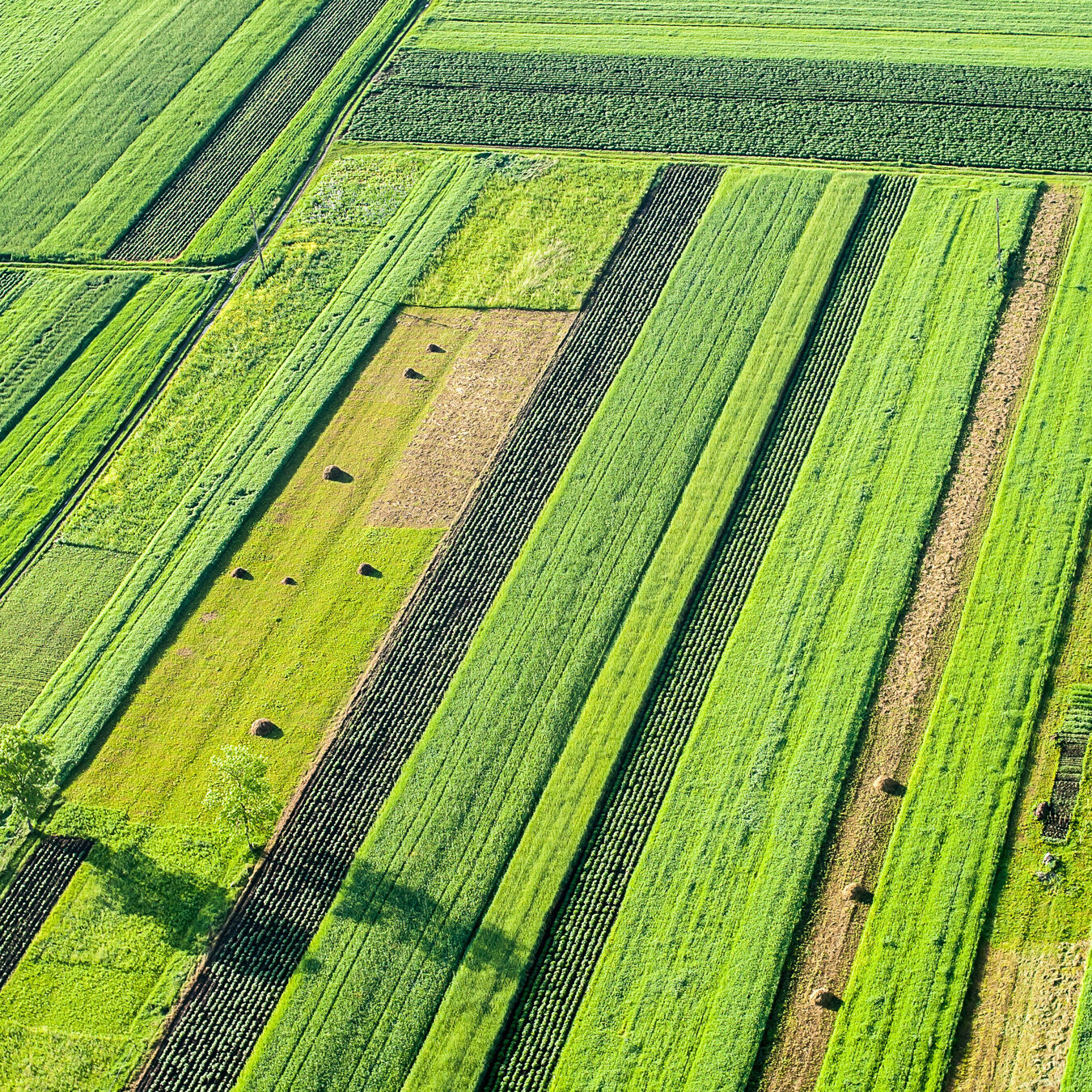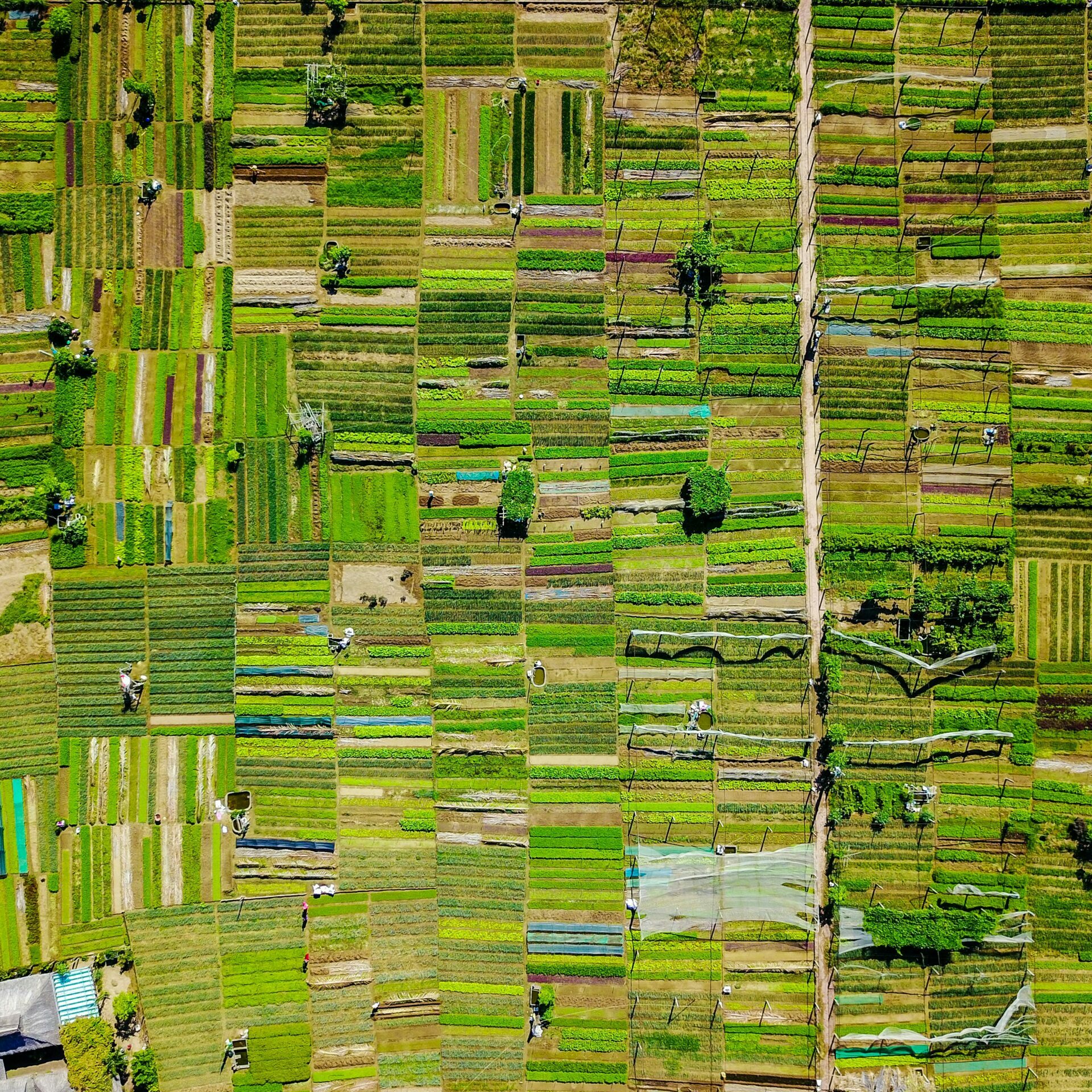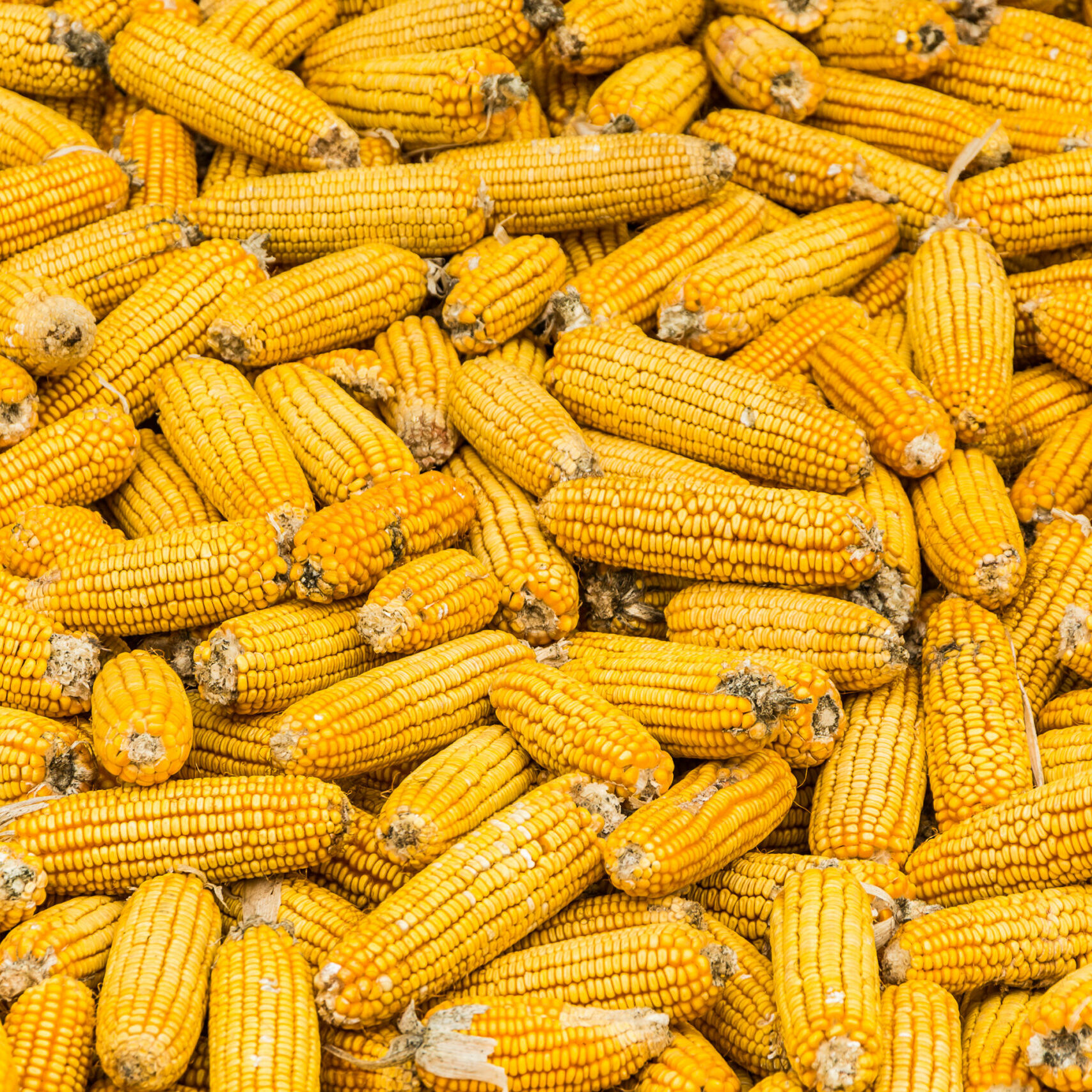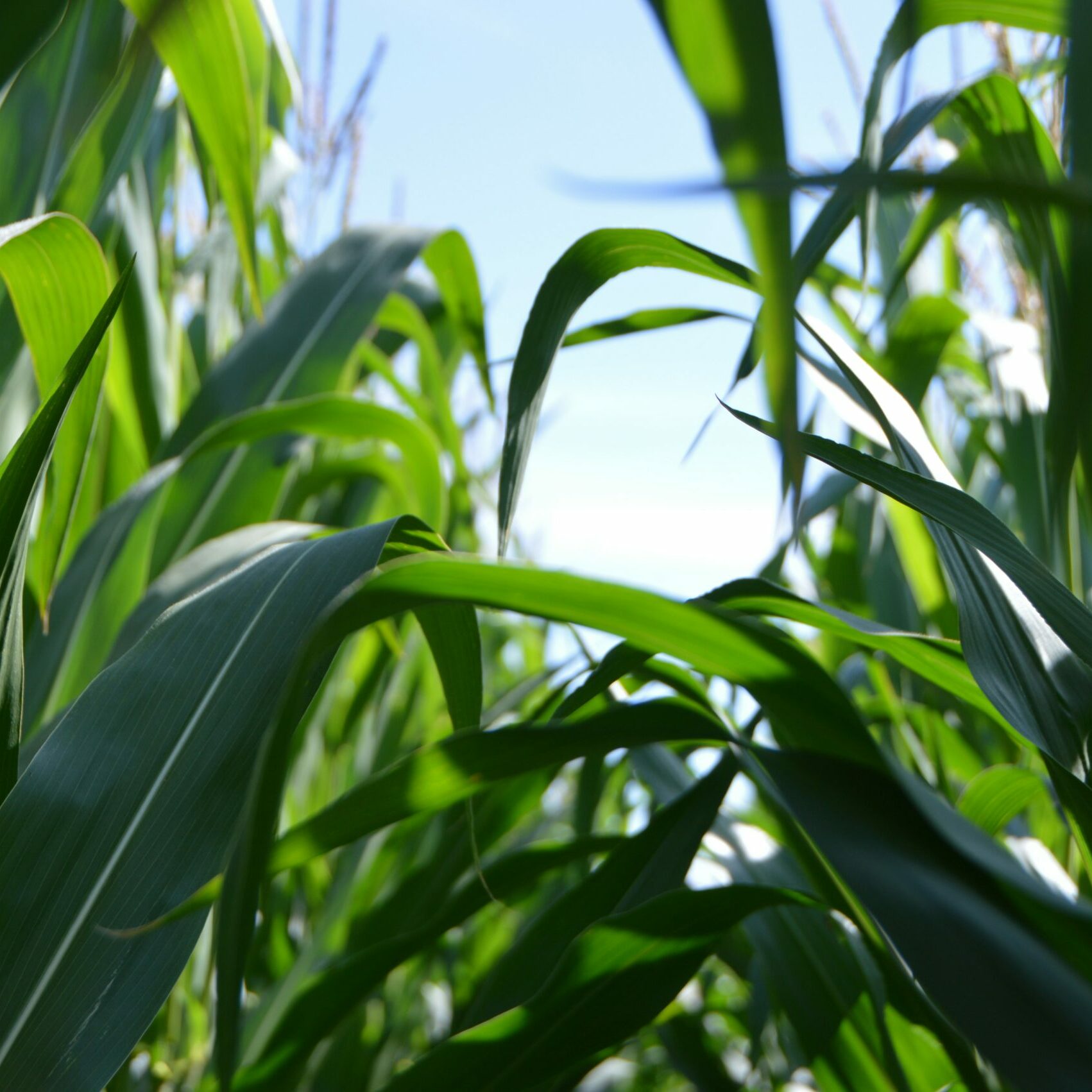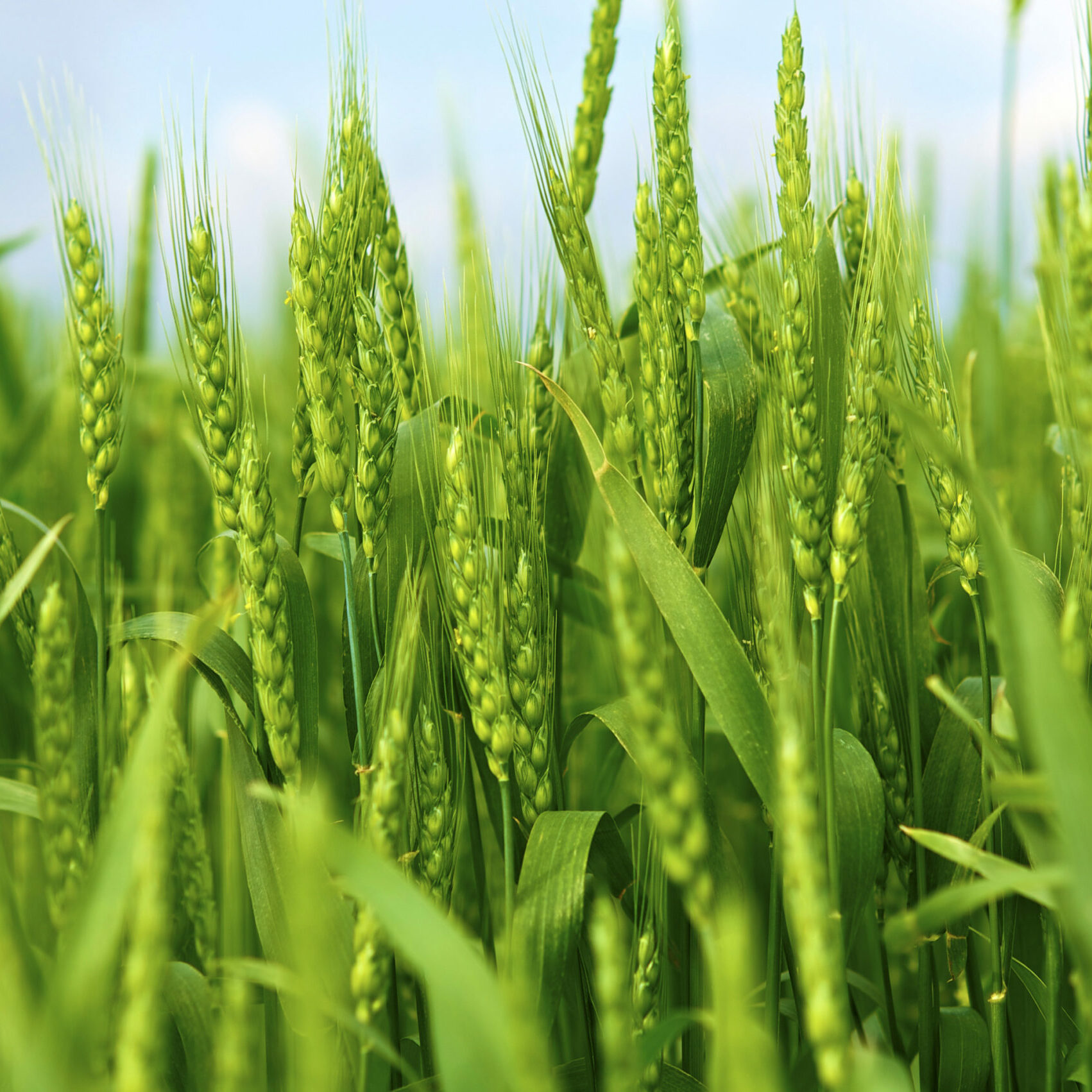
Beyond the Barometer: How Technology
is Revolutionizing Weather Monitoring
farming.software’s weather module collects data from weather stations or online sources, presenting it in a user-friendly format. It allows you seeing real-time temperature, rain chances, wind speeds and any other required parameter at a glance.
Remote sensing has become a game-changer for precision agriculture, allowing farmers and researchers to identify crop types across vast areas. This information is crucial for improving crop yields, optimizing resource management, and monitoring crop health.
Satellites like Sentinel-2 and Landsat series capture multispectral images, revealing details beyond the visible spectrum. This allows scientists to analyze vegetation health through spectral indices like NDVI (Normalized Difference Vegetation Index). We train advanced algorithms on massive datasets of remote sensing images combined with ground truth data (e.g., field observations). These algorithms can then identify crop types with high accuracy based on spectral characteristics, spatial patterns, and changes over time (temporal data).
Crop sensing is not only beneficial just for farmers. Remote sensing data on crop types can be a valuable tool for political decision makers in several ways:
- Real-time data: Get instant updates on current weather conditions in your area, including temperature, feels-like temperature, humidity, precipitation, and wind speed.
- Data Collection: The software can get weather information from two main sources: Your own weather station that directly measures temperature, rain, wind speed, and more. Online weather services automatically providing data for your area.
- Detailed forecasts: Want to know if that afternoon sprinkle will turn into an evening downpour? Weather monitoring software provides detailed forecasts, often for longer periods than basic weather apps. Historical data tracking: Ever wondered what the weather was like on your birthday last year? Some software allows you to track historical data, so you can see weather patterns and trends over time.
- Alerts and notifications: Don’t get caught off guard by a sudden storm. Set up customizable alerts for specific weather conditions, so you can be prepared for anything.
- Visualizations and graphs: See the bigger picture with charts and graphs that make weather data easy to understand.



